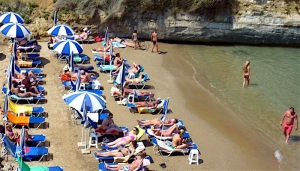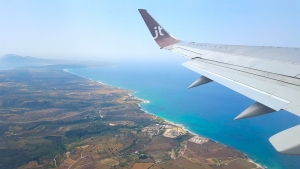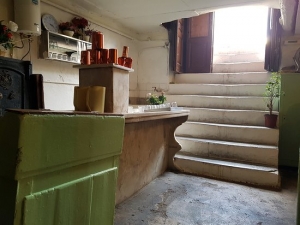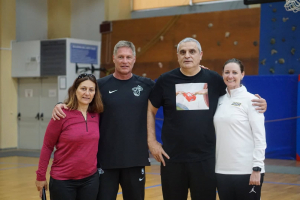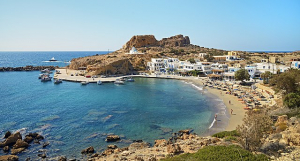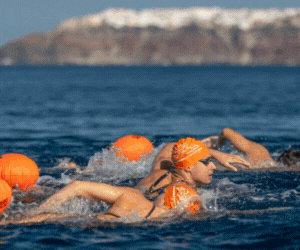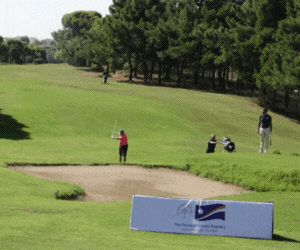The weather app on my phone tells me daily that Athens will hit 35 degrees or more – while my news apps tell me all about the best beaches and best seaside tavernas. My fitness app tells me I should keep jogging so I am fit for both. And my banking app suggests I should be cutting down on both.
What is life without our apps? They are the little magical assistants that help us do things that seemed simply impossible before. I am a particular fan of all the photo editing apps – and I certainly love the messaging apps like Whatsapp, Viber and so on…
But we are in the middle of Greek Summer, and this calls for some serious digital reinforcements. When the most pressing issue of many Sunday afternoons is ‘Where should we swim?’, which quickly turns into ‘Where will we find a spot on the beach?’ and the closely related ‘Where should we eat?’ – the gods of summer smile down on us and say ‘There’s an app for that…’
Let’s start with getting a spot on the beach… While there is no shortage of beaches to choose from, there is quite often a shortage of beach loungers, beach beds, umbrellas and ‘ksaplostres’. There are 2 slick new apps that promise to rid you of your mid-summer beach lounger stress.
Summerize and Plazz are brand new apps that let you select a beach, view related pricing, select a date, select a particular spot on the beach, and reserve your beach lounger in advance. This is for beaches around Athens, and in fact around the entire country. You can book water sports, too. So simple, and so great. Everyone I’ve told about this so far has had an identical response: ‘I have been saying that forever!’ So clearly this is an app that was long overdue. In both offerings, the interface is totally simple, the details are easy to understand, and the whole process is very smooth – kudos to both! The only drawback is that there aren’t yet a huge number of beaches that are available for booking via the apps. I assume this is because they are both start-ups, and will grow their service base over time. I already used Summerize to book a spot at Akanthus Beach the other day – it worked with no issues at all.
So now you’ve found your beach and reserved your spots. But before you order those fries and toast for lunch (and hit snooze on the fitness app), it could be a good time to think about dinner. But from your sunny perch beside the Mediterranean, who has the mental capacity to make such decision, much less call to book a table?
Enter ‘
e-Table,’ a cool new app for selecting, reserving and commenting on more than 1800 restaurants in Athens and around Greece. From tavernas to sushi to Mexican to brunch – they’ve got them all. This award-winning app is the only one in Greece that allows you to make instantly confirmed reservations at popular restaurants directly from your phone. Great interface, easy navigation, tons of choice – and it actually works.
And like many of the smartest apps out there, these solve a problem that I never even knew was a problem, to the point where I can’t imagine what life was like before. So here’s to a fun and app-y summer!
Maybe I’ll turn off notifications on that fitness app...
Until next week,
Jack


